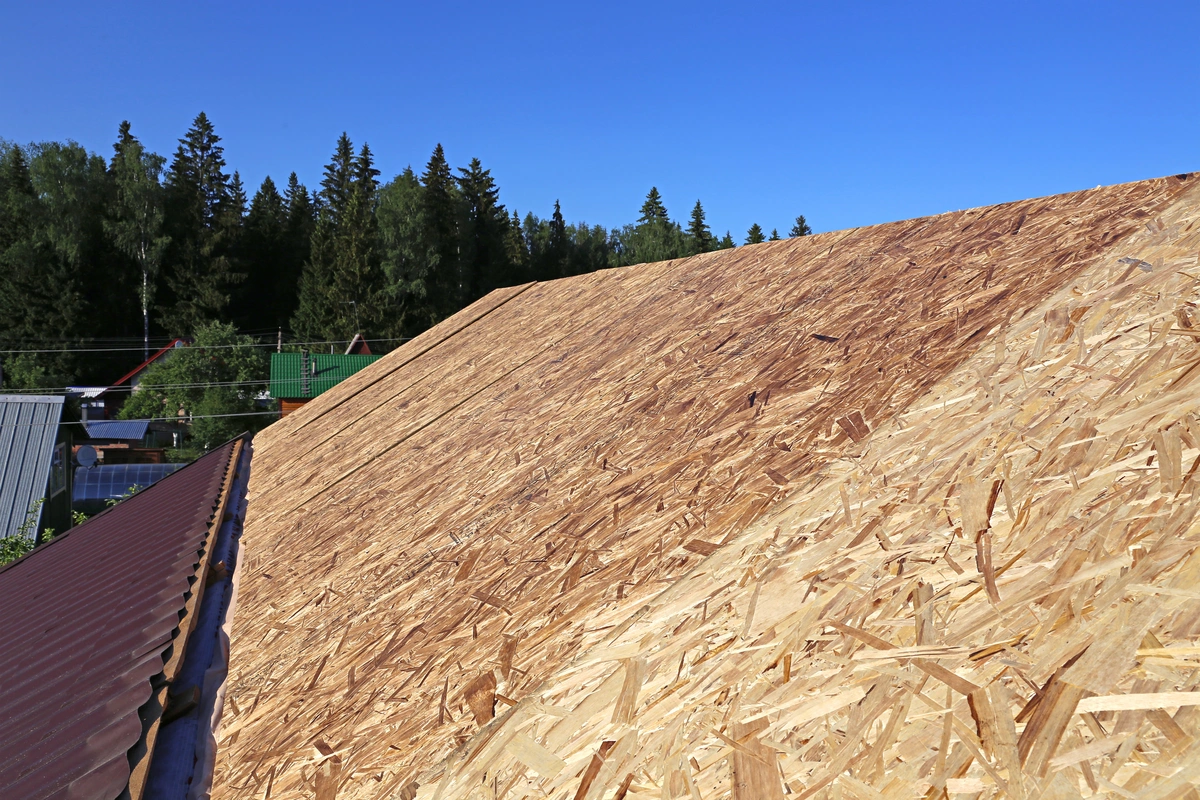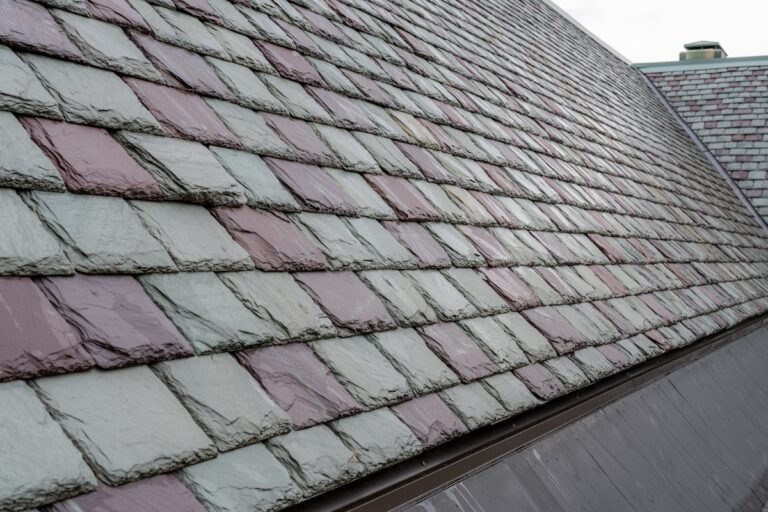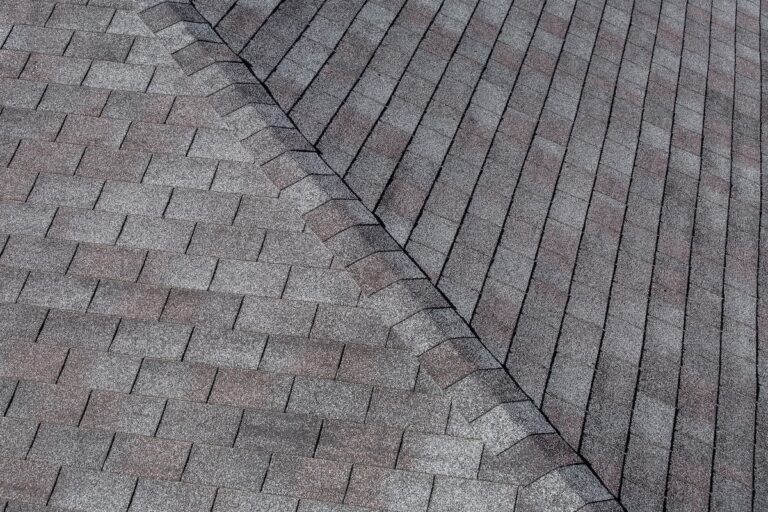When it comes to maintaining or upgrading your home, the roof is one of the most critical components. Many homeowners focus solely on shingles and aesthetics, but there’s another vital aspect that shouldn’t be overlooked—roof sheathing.
Understanding the importance of roof sheathing thickness can help ensure your home remains:
- Safe ✅
- Energy-efficient ✅
- Structurally sound ✅
What is Roof Sheathing?
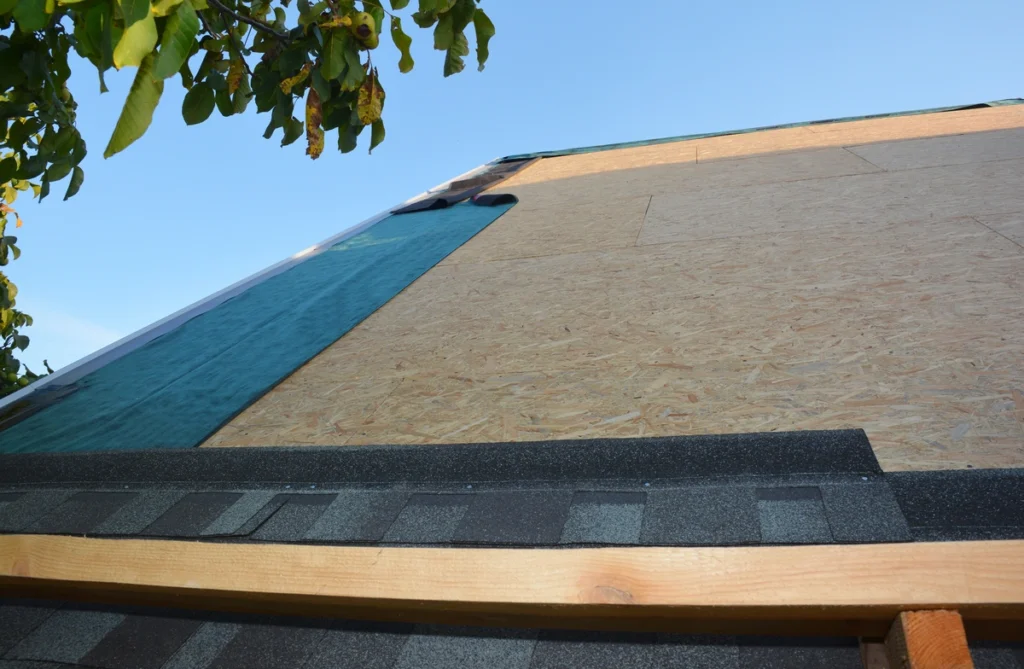
Roof sheathing, also known as roof decking, is a layer of material installed between the roof’s structural components (like trusses and rafters) and the roof’s outer layer (like shingles or tiles). This layer serves as a foundation for your roof covering and plays a crucial role in distributing weight and providing stability.
Common Types of Roof Sheathing
- Plywood: A popular choice for its strength and durability.
- Oriented Strand Board (OSB): Often favored for its cost-effectiveness and resistance to moisture.
- Wood Boards: Mostly used in older homes, these provide a traditional look but may not offer the same level of performance as plywood or OSB.
Why Roof Sheathing Thickness Matters
The thickness of your roof sheathing isn’t just a trivial detail; it’s a critical factor that affects several aspects of your home’s overall health and performance. Here’s why:
Structural Integrity
Thicker sheathing provides better support for your roof, helping to distribute loads evenly across the structure. This is particularly important in areas prone to heavy snowfall or high winds. Insufficient sheathing thickness can lead to sagging or even structural failure over time.
Moisture Barrier
Properly thick sheathing helps to create an effective moisture barrier, preventing water from seeping into your home. This is especially important in regions with high rainfall or humidity.
Impact Resistance
Thicker sheathing offers better resistance to impact from falling debris, hail, or other external forces. This can extend the lifespan of your roof and reduce the need for frequent repairs.
Energy Efficiency
Adequate sheathing thickness contributes to better insulation, helping to keep your home warm in the winter and cool in the summer. This can lead to significant energy savings over time.
Ideal Roof Sheathing Thickness
Determining the ideal thickness for your roof sheathing depends on several factors, including the type of roofing material, local building codes, and climate conditions. However, there are general guidelines that can help you make an informed decision.
Plywood and OSB
- 1/2 inch (12.7 mm): Suitable for roofs with rafters spaced up to 20 inches apart and light loads.
- 5/8 inch (15.9 mm): Recommended for roofs with rafters spaced up to 24 inches apart and moderate loads.
- 3/4 inch (19.1 mm): Ideal for roofs with heavy loads or rafters spaced more than 24 inches apart.
Wood Boards
For homes with traditional wood board sheathing, boards are typically 1 inch thick. However, this can vary depending on the type of wood and the specific requirements of your roof.
When to Replace Your Roof Sheathing
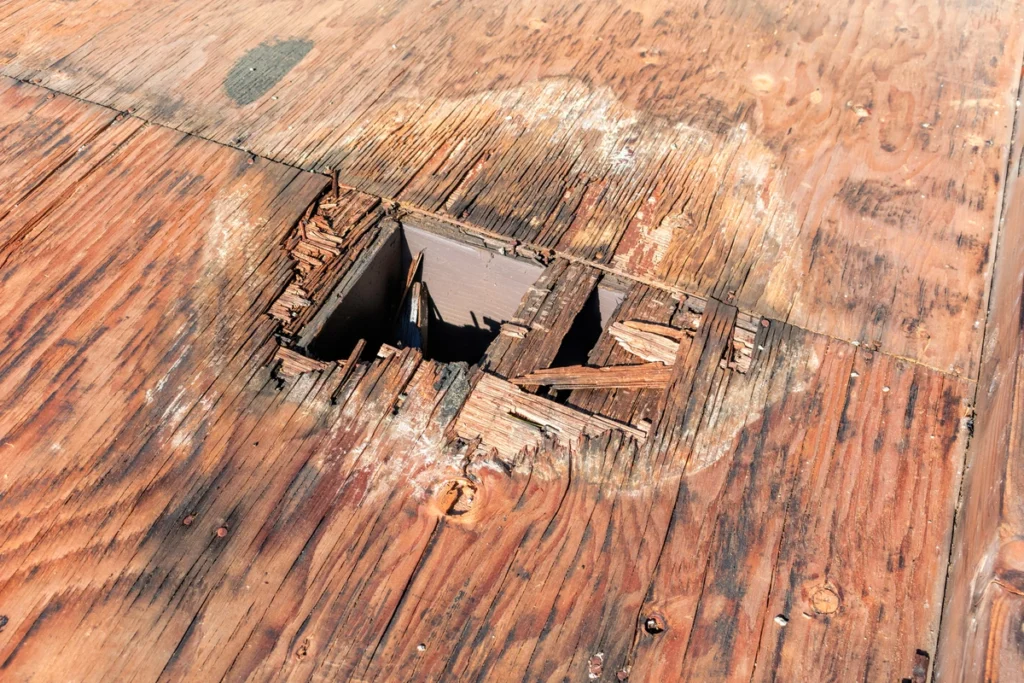
Knowing when to replace your roof sheathing is essential for maintaining the long-term health of your home. Here are some signs that it might be time for an upgrade:
- Visible Damage: Look for signs of damage such as cracks, warping, or rot. These issues can compromise the structural integrity of your roof and should be addressed immediately.
- Water Damage: Water stains or mold on your ceiling can indicate a moisture problem with your roof sheathing. If left unchecked, this can lead to severe structural damage.
- Sagging Roofline: A sagging roofline is a clear sign that your sheathing may be failing. This issue should be addressed as soon as possible to prevent further damage.
- Age of the Roof: If your roof is approaching the end of its expected lifespan (typically 20-30 years for most roofing materials), it may be a good idea to inspect the sheathing and consider replacement if necessary.
The Cost to Replace Roof Sheathing
Replacing roof sheathing can be a significant investment, but it’s essential for maintaining the safety and longevity of your home. Costs can vary widely depending on several factors:
Material Costs
- Plywood: Generally ranges from $15 to $30 per sheet (4×8 feet).
- OSB: Typically costs between $10 and $20 per sheet (4×8 feet).
- Wood Boards: Can vary significantly in price depending on the type of wood and availability.
Labor Costs
Labor costs for roof sheathing replacement can range from $2 to $5 per square foot, depending on the complexity of the job and local labor rates. It’s essential to get quotes from multiple contractors to ensure you’re getting a fair price.
Additional Costs
Don’t forget to factor in the cost of removing and disposing of old sheathing, as well as any additional materials such as nails, screws, and adhesives. These costs can add up quickly, so it’s essential to budget accordingly.
Learn About The Recommended Roof Sheathing Thickness for Your Home

Understanding the importance of roof sheathing thickness and knowing when to replace it can help you maintain a safe, efficient, and durable roof. If you’re considering a roof upgrade or suspect your sheathing needs replacement, be sure to reach out to Johnson Restoration to assess your needs and provide expert recommendations. Taking the time to address these issues now can save you significant time and money in the future.
Don’t wait until it’s too late—take action today to ensure your roof is in top condition. Contact the team at Johnson Restoration to schedule an inspection and discuss your options for upgrading your roof sheathing. Your home will thank you for it!
